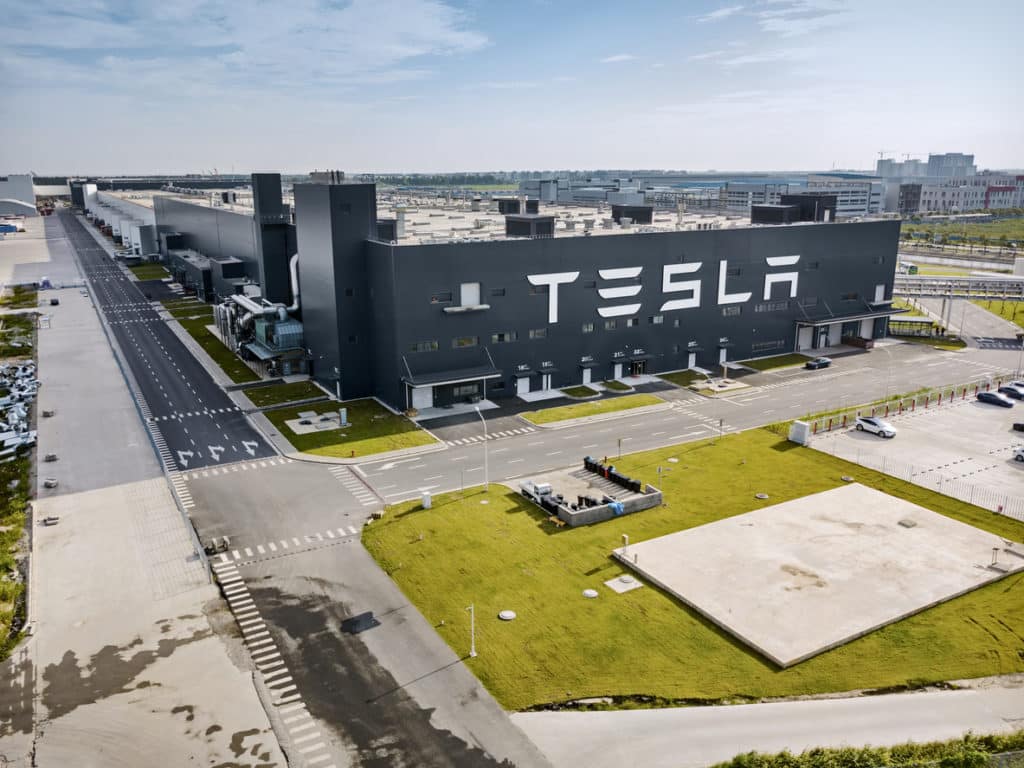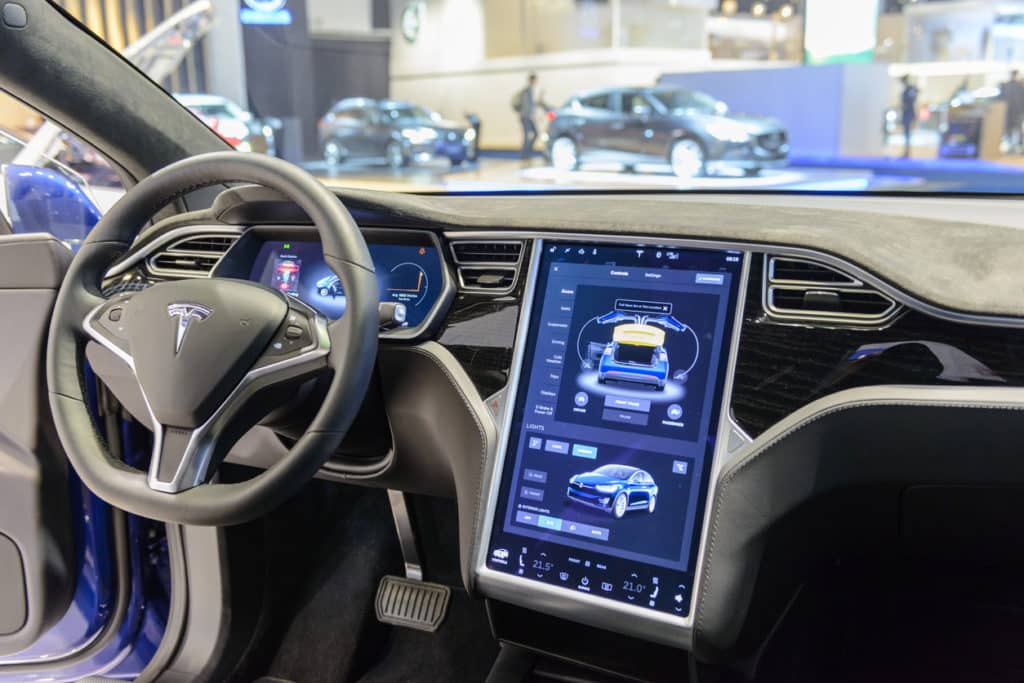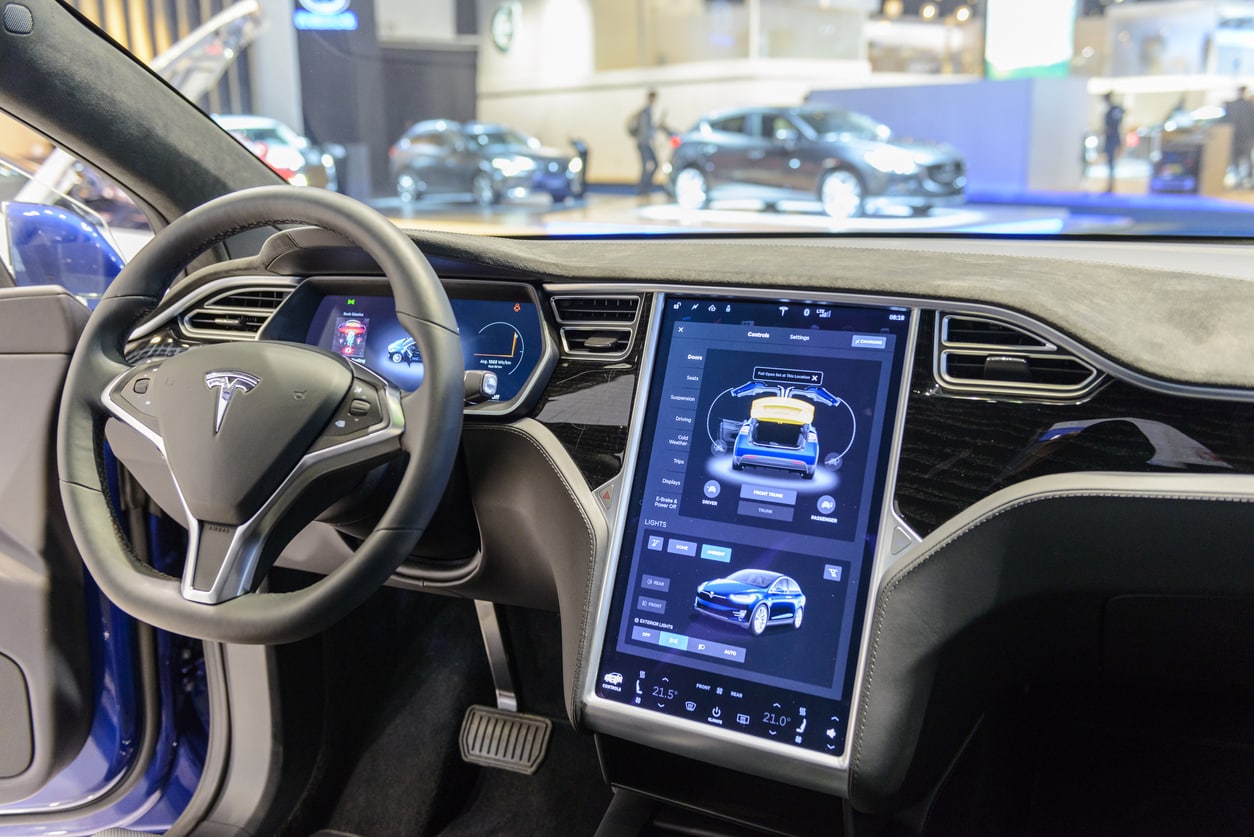- Introduction
- Was it design thinking that did wonders for Tesla
- Tesla Cybertruck: An epitome of futuristic design?
- How Tesla capitalized on Cybertruck’s attention
- The real approach of Tesla towards design thinking
- Tesla’s never-ending quest for customer-centric innovation
- Concluding Thoughts
Introduction
“Before you design something, you have to reimagine it”
Tesla Motors is one of the most prominent names in the automotive industry. Elon Musk, the CEO of Tesla Motors, envisioned the company to be a technology marvel and an independent automaker. He wanted Tesla’s name to resonate with affordable EV manufacturers.
In 2008, when the Tesla Roadster model was released, its sales were a complete disaster. The company sold only around 2450 units. Ten years later, in 2018, Model-3 by Tesla was named the world’s best-selling plug-in electric car for the year. Today, it is the second most valuable auto company in the world.

What turned the tide for Tesla? Was it mere luck or sheer dedication towards innovation and design thinking strategies? Let’s dig into factors that made Tesla stand apart in the automobile industry.
Was it design thinking that did wonders for Tesla?
Absolutely. Innovation influenced by design thinking was and is Tesla’s trump card. Elon Musk knew that electric vehicles would be the future of the automotive industry. The company focussed on making electric vehicles (EV’s) compelling in terms of design and features that people couldn’t resist.
Tesla Cybertruck: An epitome of futuristic design
Elon Musk garnered the attention of the entire world when he revealed a concept called Tesla’s Cybertruck. As per Elon, this concept did not revolve around making money but focused on harnessing the attention received and directing it towards future products, which we will be discussing later in the article.
Although the Cybertruck was not focused on sales, Tesla received 1.2 million pre-orders, which even the CEO had not expected. The success of this product was due to the following factors that the company had designed using a futuristic customer-centric approach.
- An all-electric model with a range of 400 to 600 km/ full charge, which no other vehicle provided at that time.
- A towing capacity of 14,000 pounds and payload capacity of 3,500 pounds
- On-board power inverters
- Auto-pilot for autonomous operation
- The body of the truck was made of Ultra-hard 30X Cold-rolled Stainless Steel which was also bullet resistant
The value proposition that Cybertruck offered was way too high, in comparison to its pickup truck competitor, Ford.
How Tesla capitalized on Cybertruck’s attention
After the tremendous response it received from Cybertruck, the company wasted no time turning this innovative approach into reality by implementing it in their sedans. The sedans that Tesla built were far more superior than the conventional electric cars that other automakers had produced. Their design was completely futuristic and sporty which made the consumers more inclined towards Tesla’s offering.

The cars Tesla built had the longest range, were more affordable, and had the quickest acceleration among all other electric cars in production. Traditionally, a performance electric car would cost way higher than its fuel variants, and this is where Musk brought in his design thinking approach.
Elon had studied the market carefully and knew what the customers exactly wanted from the auto industry.
The consumers wanted a vehicle that was cost-effective, eco-friendly, and provided the fun and thrill of a fuel-based car at the same time. What added the real kick to the e-vehicle offering was its autonomous operation.
Yes, Tesla has been in the process of building vehicles that have self-driving capabilities, and these cars are being put through rigorous testing to ensure ultimate safety. At present, Tesla’s sedans are at a Level 2 out of the Level 5 autonomy, where the cars still require manual interventions during their operation.
The approach towards design thinking that worked for Tesla
To understand Tesla’s approach, let’s split their strategy into two categories-
- Creating headlines with product pitches
- Bringing groundbreaking innovation to their models.
Tesla’s ideology revolves around pitching forward an idea, winning the resources, and later commercializing the idea to bring about the latest innovation into the market.

Tesla’s never-ending quest for customer-centric innovation
As we speak, Tesla is working towards more sustainable options and features that could add value to the customer. The real success of the company lies in the fact that they do not stop innovating once they reach their goals. They keep trying new ways which can prove to be beneficial for the customers.
Concluding Thoughts
Tesla’s success was the outcome of Elon Musk’s vision and the trust of the benefactors he had garnered over his approach towards innovation and sustainability.
What we can learn from this example is that all it takes is an appropriate approach towards the process of convincing the world what a product has to offer and how it would change one’s life. And, this is what design thinking is all about.
If you would like to work closely with the idea that can change things for the better, you might want to look at what the Design Thinking Program has to offer. Transform your business ideas and products to viable solutions with the knowledge and insights imparted from this program.
You can also stay updated in the design thinking process by reading articles from our design thinking blogs section.






